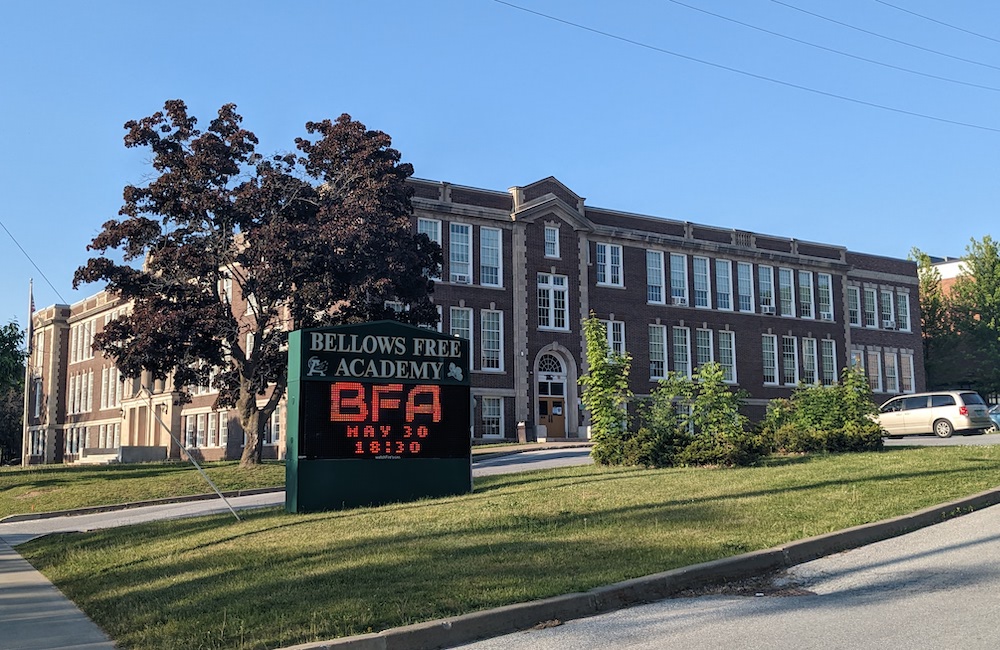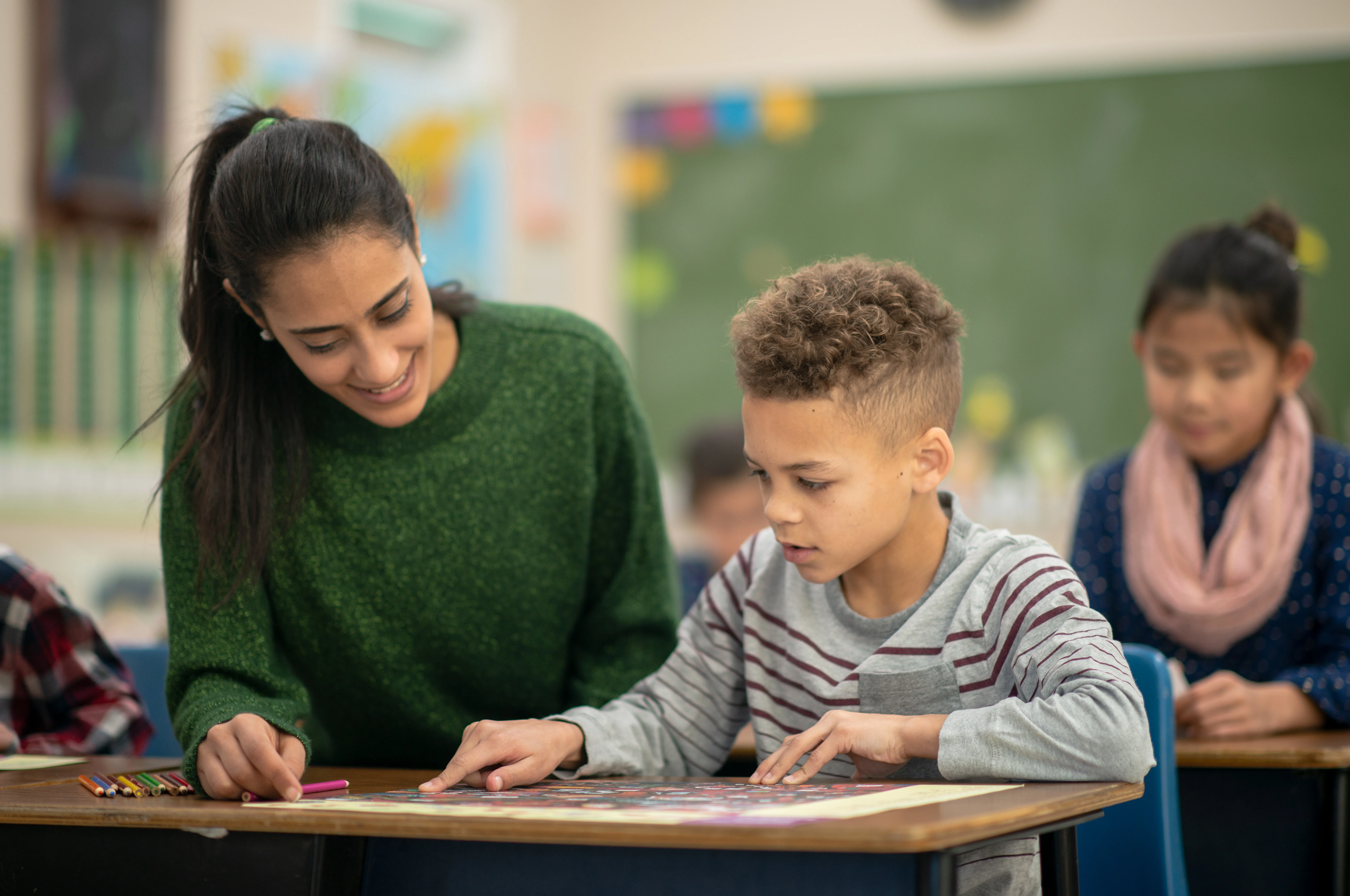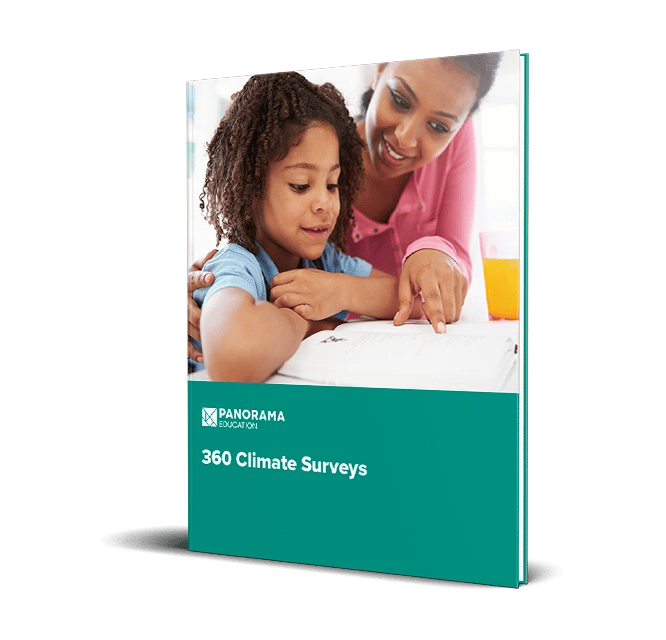Students lose more than a third of their progress in math and reading over the summer, and up to 85% of teachers spend the first weeks of school reteaching these skills instead of moving forward with new learning. This makes it harder for students to stay on track and adds to teachers’ already demanding workload.
Families, schools, and communities can play a key role in keeping students engaged. Reading challenges, real-world math problems, hands-on projects, and summer learning programs can all help students return to school ready to learn.
This guide offers strategies to prevent summer learning loss and set students up for success.
What Is Summer Learning Loss?
Summer learning loss, often called the “summer slide,” refers to the decline in academic retention when students are not engaged in learning over summer break.
If left unchecked, by ninth grade, summer learning loss can account for two-thirds of the reading achievement gap between students from low-income and middle-income backgrounds. Over time, this gap can snowball into a much larger issue, impacting not just students but entire communities.
Cumulative Learning Gaps
Summer learning loss compounds over time. When students forget key material over the summer, they struggle with more advanced coursework, forcing them to spend valuable time catching up instead of progressing. As the material builds, catching up becomes even more challenging. By fifth grade, students who miss out on summer learning can be as much as three years behind their peers.
Effect on Students Requiring Additional Support
Summer learning loss disproportionately affects students from low-income backgrounds and English Language Learners (ELLs). Research indicates that, on average, students from low-income families risk losing more than two to three months of reading achievement during the summer, while their middle-income peers might be ahead. Addressing summer learning loss is essential to helping students stay on track and preventing gaps from widening over time.
6 Ways to Prevent Summer Learning Loss
Preventing summer learning loss starts with understanding its impact and taking proactive steps to keep students engaged. Encouraging reading, math practice, and hands-on activities can help reinforce academic skills, build critical thinking, and make learning enjoyable. These experiences ensure students return to school ready to build on their progress rather than falling behind.
1. Develop a Summer Reading Habit
To keep students motivated, consider incorporating library programs, reading challenges, and book clubs. Giving students the freedom to choose what they read—whether it’s comics, magazines, or novels—can make reading more enjoyable. Research shows that reading just four to five books over the summer can help students avoid the summer slide and maintain strong literacy skills.
Maple Run Unified School District in Vermont took an innovative approach to combating summer learning loss by bringing books directly to students. Their Bookmobile delivered reading materials throughout the summer, ensuring students had easy access to books. They also hosted community reading events, where students could read with peers and family, fostering a culture of literacy and engagement.
2. Keep Math Skills Sharp with Real-Life Activities
Families can incorporate math into everyday life through simple, real-world activities. Cooking introduces measurements and fractions, budgeting allowances reinforces addition, subtraction, and money management, and tracking baseball stats or comparing store discounts strengthens problem-solving and critical thinking. These hands-on experiences help students retain math skills in a natural, engaging way—without it feeling like schoolwork.
3. Engage in Hands-on Learning
Summer learning should be interactive and engaging. Activities like board games, creative projects, and peer discussions help students connect with content while reinforcing academic skills in a fun way.
Families can host weekly game nights with strategy-based board games that build math and reading skills. Students can practice storytelling and self-expression by writing in journals, creating comics, or filming short videos.
Peer learning groups offer another great way to keep students engaged—whether through book discussions, science experiments, or exploring shared interests. These hands-on experiences make summer learning enjoyable while keeping students connected and academically active.
4. Leverage Library and Community Programs
Public libraries are a free and valuable resource for summer learning, offering reading programs, workshops, and book giveaways to keep students engaged.
Beyond libraries, museums, science centers, and community organizations provide affordable, hands-on learning experiences that reinforce academic skills in interactive ways. Some school districts even host Float Into Summer nights, where libraries and YMCA programs share summer learning resources with families. These events help connect students to local programs that support learning beyond the classroom, making summer both fun and enriching.
5. Use Educational Technology (in Moderation)
Apps like Duolingo help students strengthen language skills, while Epic! provides access to thousands of digital books. Bedtime Math offers quick daily math challenges, and platforms like Scratch and Tynker introduce students to coding and STEM concepts in an interactive way.
To balance screen time, families can set daily limits and encourage students to pair online learning with hands-on activities. Mixing digital tools with real-world experiences helps keep learning engaging while preventing excessive screen use.
6. Encourage Creative Projects and Exploration
Exploring new hobbies helps students develop critical thinking and problem-solving skills while keeping learning engaging. Gardening, photography, music, and DIY science experiments spark curiosity and encourage hands-on learning. Tinkering with robotics or coding introduces STEM concepts in a fun, practical way.
Creative storytelling projects—like summer scrapbooks or homemade comics—strengthen literacy skills while allowing students to express their ideas. Research shows that creative activities support cognitive development and academic growth, making them a valuable part of summer learning.
How Schools Can Help Prevent Summer Learning Loss
Without guidance and support from schools, parents may find it challenging to prevent summer learning loss. This can widen achievement gaps and make it harder for students to transition smoothly into the next school year. By providing families with resources and strategies, schools can help ensure students stay engaged and retain key skills over the summer.
Educate and Engage Parents Before Summer BreakSchools can host spring workshops to share simple strategies that keep students learning over the summer. Sending home flyers with statistics on summer learning loss helps raise awareness and encourages families to take action. Additionally, schools can connect families with local libraries, summer programs, and free learning resources to ensure students have access to engaging educational opportunities outside the classroom.
Send Books and Learning Materials HomeSchools can distribute free books or set up a book swap program where students exchange books before summer break, ensuring they have fresh reading material. Partnering with local businesses, libraries, and nonprofits can help provide books for students who may not have access at home, making summer reading more accessible for all.
Partner with Local Libraries and Community ProgramsPublic libraries and community organizations offer free and low-cost learning opportunities that keep students engaged over the summer. Schools can help by connecting families to library events, free museum days, and summer STEM camps. Some districts even pre-register students for library reading programs before the break, making it easier for families to participate and ensuring more students benefit from these resources.
Provide Summer Learning KitsSchools can send students home with summer learning kits that include book lists, math puzzles, and creative writing prompts to keep learning engaging. Framing these as fun activities rather than mandatory assignments encourages students to participate without feeling like they have extra homework. These kits provide families with easy, accessible ways to support learning over the summer.
Set Student Learning Goals Before BreakStudents can create summer learning pledges, such as reading five books or practicing math for 15 minutes a day, to stay motivated and engaged. Schools can reinforce these goals by offering small incentives in the fall for students who complete their pledges, making learning feel rewarding and emphasizing the value of continuous growth over the summer.
How Panorama Can Help Prevent Summer Learning Loss
Preventing summer learning loss isn’t just about keeping students academically engaged—it’s about building a strong foundation for the school year ahead. When families, schools, and communities work together to provide enriching summer experiences, students return to school ready to learn, reducing the need for reteaching and helping to close achievement gaps.
To create effective summer learning initiatives, schools need to understand the needs and challenges of their students, families, and educators. That’s where continuous feedback plays a crucial role. High-performing districts use tools like Panorama’s 360° Climate Surveys to gather insights from every stakeholder—students, families, teachers, and staff. By listening to the community, schools can design summer programs that are not only engaging but also equitable, ensuring every student has the resources and support they need to succeed.
By leveraging data-driven insights, districts can create a school climate where every student feels supported year-round—both in and out of the classroom.
Download Panorama's 360° Climate Surveys







